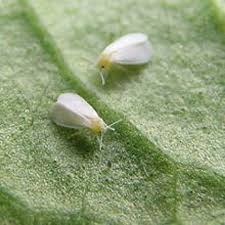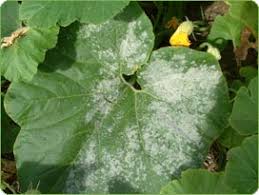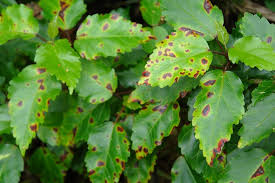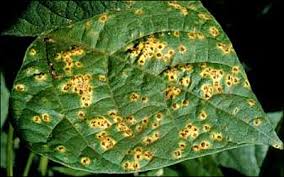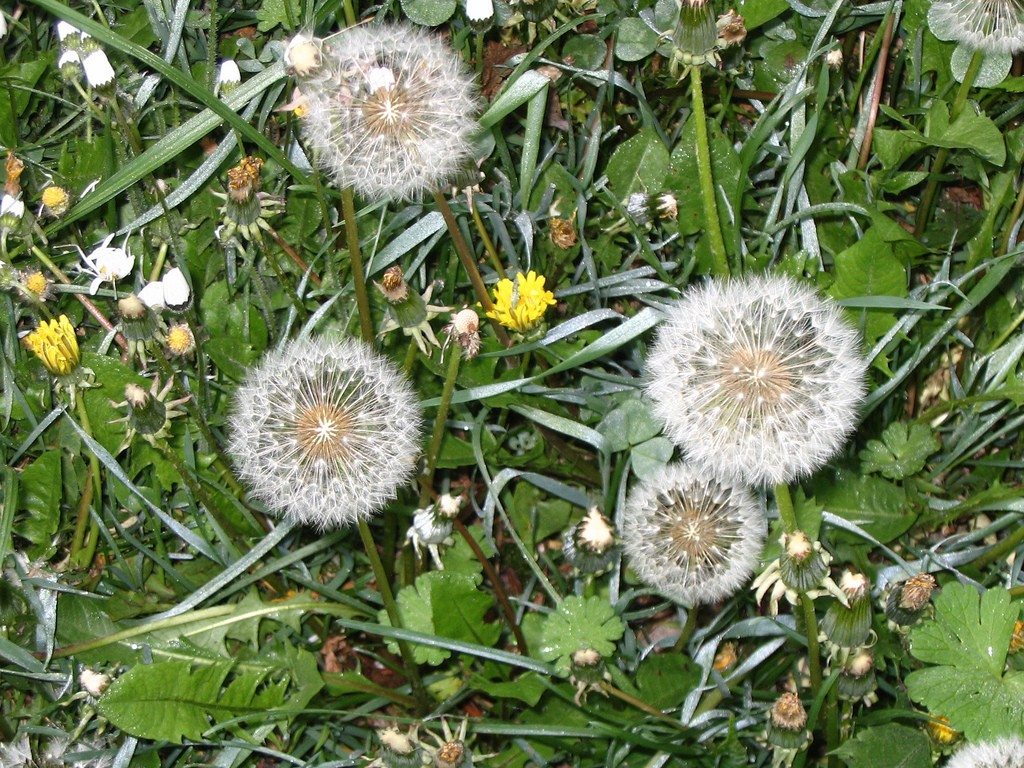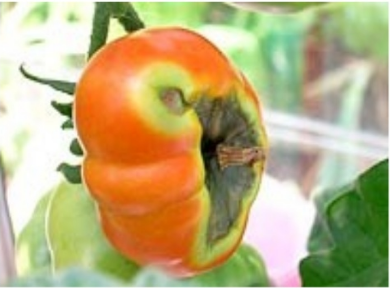Squash Detail
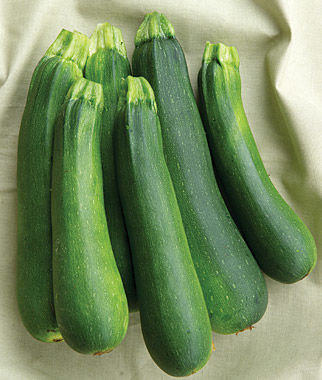
| Crop Detail Squash originated in Mexico and Central America where they were eaten 7500 years ago. Native Americans shared many varieties of squash with the European settlers, who took the seeds back to their countries. Squash and pumpkins are grown all over the world, and are wildly popular in many Eastern European countries. Summer squash are generally divided into four groups crookneck, zucchini (green and yellow), straight neck, and scallop (patty pan). They have thin edible skins and soft seeds and are high in vitamins A and C and niacin. The tender flesh has a high water content, sweet and mild flavor and requires little cooking. For best flavor, choose small squash (4 to 6 ounces each) with blemish-free skin. |
|
| Major/Minor | Major |
|---|---|
| Temporary/Permanent | Temporary |
| Category | Agriculture Extension |
| Type | Vegetables |
| Crop Climate Title | Tropical |
| Crop Water Method Title | Irrigated |
| Crop Duration | Biennial |
| Crop Economic Title | Food Crop |
| Crop Growing Season | Kharif / Rainy / Monsoon Crops |
Pests, Weeds, Diseases and Disorders
Squash Crop Seed Varieties
| Name | Seed Rate |
|---|---|
| GREEN ROUND | 1/4 to 1/2 kg per canal |
| HOLAR (ROUND SQUASH) | 1/4 to 1/2 kg per canal |
| JADE BALL (ROUND SQUASH) | 1/4 to 1/2 kg per canal |
| CHARIZMA (LONG SQUASH) | 1/4 to 1/2 kg per canal |
| MARDAN-1 | 1/4 to 1/2 kg per canal |
| MARHABA-F1 (HYBRID) | 2 kg per canal |
| LOCAL SEED | 2 kg per acre |
| TUNNEL SOWING | 1 and 1/2 kg |
| HYBRID SEED | 1 kg per acre |
| HOMBREY | 2-3 gm per kilo seed |
| HOMBRE 2 ML PER KG SEED | 2ml per kg seed |
| SEED TREATMENT | As per required |
Squash Districts Wise Calendar
Stepnexs Services PVT Ltd © 2025 Agriculture Department KP

